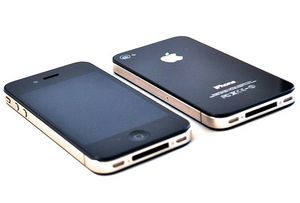Overview:
Casual dress in the workplace or office has become increasingly popular over the last decade forcing companies to implement casual dress code policies. The technology revolution at the turn of the century introduced a new way of dressing for work which has caused confusion in the workforce. The traditional suit and tie went by the wayside and a new era of casual dress or corporate casual took its place.
Women’s Attire:
Dress and Skirt Length:
It is important to keep dresses and skirts at or below the knees in the workplace. It is not appropriate to wear mini-skirts or hemlines that do not provide proper coverage.
Necklines:
Necklines should always pass the bending over test. If it is possible to bend over and still be properly covered, the neckline should be OK. If a shirt or top is too low cut it is OK to wear a tank top or camisole underneath in order to provide proper coverage.
Silhouette:
Casual dress code policies in the workplace normally stress a professional appearance. It is never professional to wear skin tight or form fitting clothing in the office. Dresses, shirts and skirts should always fit properly and provide enough material to easily move arms and legs.
Hosiery:
Casual dress code policies vary by company. There are some companies that require hosiery such as socks and nylons. Other companies will allow workers to not wear hosiery.
Shoes:
The shoes requirement in casual dress codes can vary depending on the type of work the company performs. Closed toe shoes are normally required at retail outlets and restaurants. Open toed shoes and formal sandals are acceptable in office settings.
What to avoid:
Casual dress code policies should always be interpreted as a casual version of professional attire. It is wise to avoid torn jeans, casual shorts, tank tops, shoulder bearing tops, athletic shoes and flip flops. Neon colors and fabrics that make excessive noise, such as taffeta, should also be avoided.
Men’s Attire:
Pants and Shorts:
Casual dress code policies for men are easier to interpret than for women. The rule of thumb for men is to always wear pants to work. Khaki pants and cotton twill pants are comfortable and professional. Cotton twill pants should always be freshly ironed.
Shirts:
Men can wear crisp, short sleeve golf shirts and polo shirts for casual dress. Button up long sleeve cotton dress shirts work well on cooler days.
Shoes:
Shoes for men should always be closed toe whether working in an office setting or retail outlet. Loafers and sailing shoes normally adhere to male casual dress code policies.
What to avoid:
Men should avoid wearing tee-shirts. Torn pants and stained denim should also be avoided. Men should not wear flips flops or athletic shoes to an office.
Sources:
Employeeissues.com: dress code
http://employeeissues.com/dress_code.htm
shrm.org: dress code policy
http://www.shrm.org/


